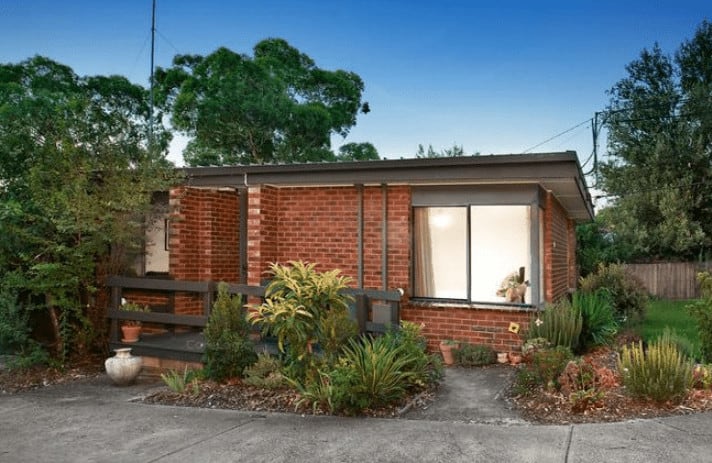The Numbers: Penelope’s Investment Property
Type of Purchase
Rent
Expenses
While property investors are no longer allowed to claim tax deductions for plant and equipment depreciation (Division 40 assets), Penelope entered into a rental agreement prior to the legislation changes in 2017, which means she can continue to claim depreciation over the useful life of these assets.
Because of the age of the property, however, she can only claim capital works (Division 43) deductions on the minor renovations that the previous owner undertook before selling the property.
Without Depreciation vs With Depreciation Services
The following cost breakdown shows Penelope’s cash position with and without depreciation.
According to her Duo Tax depreciation schedule, Penelope could claim $5,300 in depreciation in her first year of claiming it as a tax deduction.
Penelope’s numbers without a depreciation claim
Penelope’s numbers with a depreciation claim of $5,300
Without depreciation, Penelope had to pay $40 out of her own pocket each week. However, by taking advantage of the Australian Tax Office’s tax breaks and making a depreciation claim, she reduced her out-of-pocket expense to just $2 per week.
Duo Tax saved Penelope a total of $1,961 in her first year of claiming tax depreciation on her investment property
The great thing about her depreciation schedule is that it’s valid for up to 40 years—which means Penelope can continue saving money each year as long as she continues to own the property.
Here’s How Much You Could Be Claiming
However, if you’re still feeling unsure about committing to ordering a depreciation schedule, we have designed a tax depreciation calculator to help you estimate what you could potentially claim on tax depreciation.
This is an accounting tool designed to help estimate and calculate the declining value of capital works and plant and equipment assets and relies on accurate figures to present accurate estimations.
Obtain your tax depreciation schedule in 3 easy steps.



